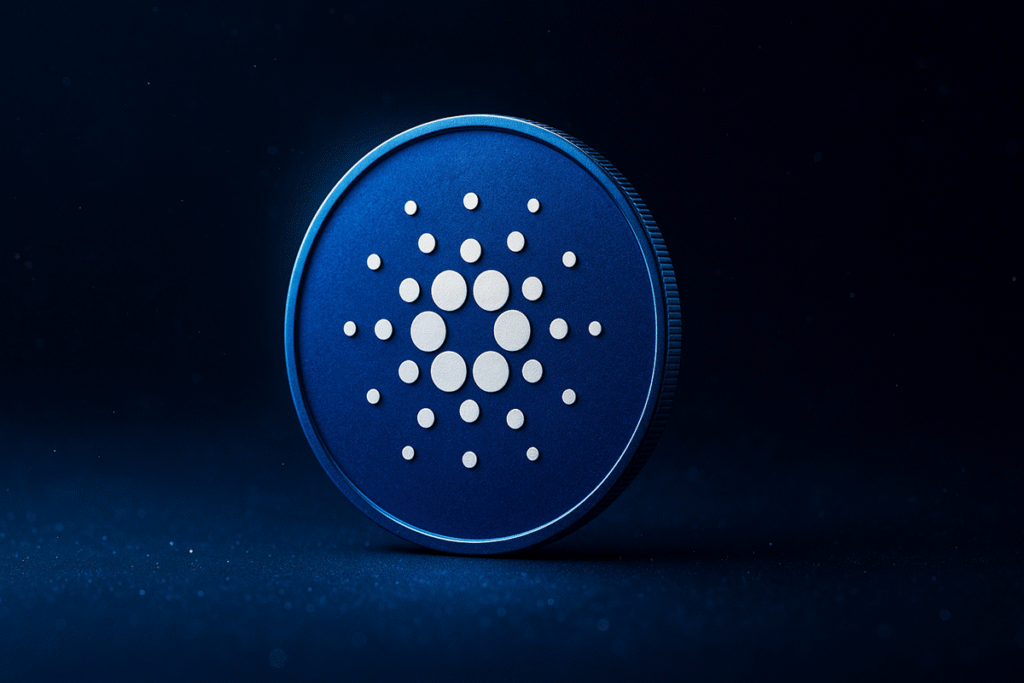As the dynamic world of blockchain technology continues to evolve, Cardano stands at the forefront, embarking on a new era of governance and innovation. With recent strategic developments, the network is poised to redefine decentralized governance through community-driven initiatives. The recent steps taken by Cardano highlight its commitment to fostering advanced technological solutions and robust community participation, shaping the future of blockchain governance and development.
The Future of Cardano: Steering Blockchain Governance Towards Decentralization
Innovative Proposals in Cardano’s Governance Model
Cardano has taken a giant leap forward with its pioneering governance framework, demonstrating its ambition to integrate community-driven proposals into its operational fabric. This initiative is epitomized by the unveiling of the Budget Info Action (BIA), an essential roadmap consisting of 39 proposals crafted by a diverse network of stakeholders, including builders, developers, and researchers, to propel the network forward.
The proposals primarily emphasize enhancing protocol performance, where nearly half target improvements at the protocol layer. This includes maintaining critical projects such as Hydra, an off-chain state-channel suite, and Mithril, a fast-sync protocol, both crucial for efficient full-node deployment. Additionally, plans to refine stake-pool-operator incentives and overhaul fee mechanics underline Cardano’s emphasis on scalability and sustainability.
Advancing Governance and Community Involvement
Cardano is also championing governance innovation through initiatives like Catalyst 2.0, which seeks to streamline funding mechanisms with constitutional decision-making. Proposals such as the quadratic funding model, weighted by on-chain reputation scores, further illustrate Cardano’s commitment to fairness and transparency in governance.
Moreover, the introduction of smart-contract-controlled endowments aims to enhance autonomy in grant approvals, while comprehensive audits of governance practices promise transparency and accountability. These advancements, designed to enrich community impact and participation, signify Cardano’s proactive approach to decentralized governance.
Enhancing Developer Experience and Infrastructure
A focus on improving the developer experience and open-source infrastructure is also evident. Proposals to sustain projects like Plutarch, CardanoOps, and Hermes aim to eliminate operational hurdles for DApp development teams. Concurrently, the curation of Rust libraries and the provision of plug-and-play APIs are set to facilitate seamless access to essential blockchain services.
Commitment to Security and Educational Outreach
Security remains a top priority, with initiatives like Dolos promising high-integrity ledger queries, crucial for mobile developers and IoT applications. The network also emphasizes educational outreach, planning to participate in major tech expos and enhance global marketing efforts to bolster awareness and adoption.
Envisioning Cardano’s Next Steps
These proposals, if ratified, will mark a significant transition in Cardano’s governance strategy. Under CIP-1694, ADA holders have a designated period to review and vote on the proposals, potentially leading to Treasury Withdrawal actions that demand a supermajority for approval. This step is pivotal in establishing a structured, reliable funding cycle that transitions Cardano from aspirational goals to practical implementation.
As Cardano navigates this transformative phase, the community’s engagement will be instrumental in realizing a decentralized, collaborative future that sets a benchmark for blockchain governance.
FAQs
How is Cardano planning to enhance protocol performance?
Cardano’s strategy involves maintaining and improving key projects such as Hydra and Mithril, alongside refining stake-pool-operator incentives and fee mechanics. These efforts aim to bolster scalability and efficiency across the network.
What measures are being introduced to improve governance in Cardano?
Cardano is adopting advanced governance mechanisms like Catalyst 2.0 and quadratic funding to ensure transparent and fair decision-making. Additionally, smart-contract-controlled endowments are being proposed to enhance autonomy in funding decisions.
What role do stakeholders play in Cardano’s governance model?
Stakeholders are central to Cardano’s governance, with delegated representatives involved in crafting and signaling support for community-driven proposals. Their participation is crucial in shaping the network’s strategic direction through voting and consensus-building.
How does Cardano plan to address security concerns?
Security is prioritized through proposals like Dolos, which offers high-integrity ledger queries, and ongoing hardware-wallet integrations. These initiatives are geared towards ensuring robust security measures across the network’s infrastructure.

